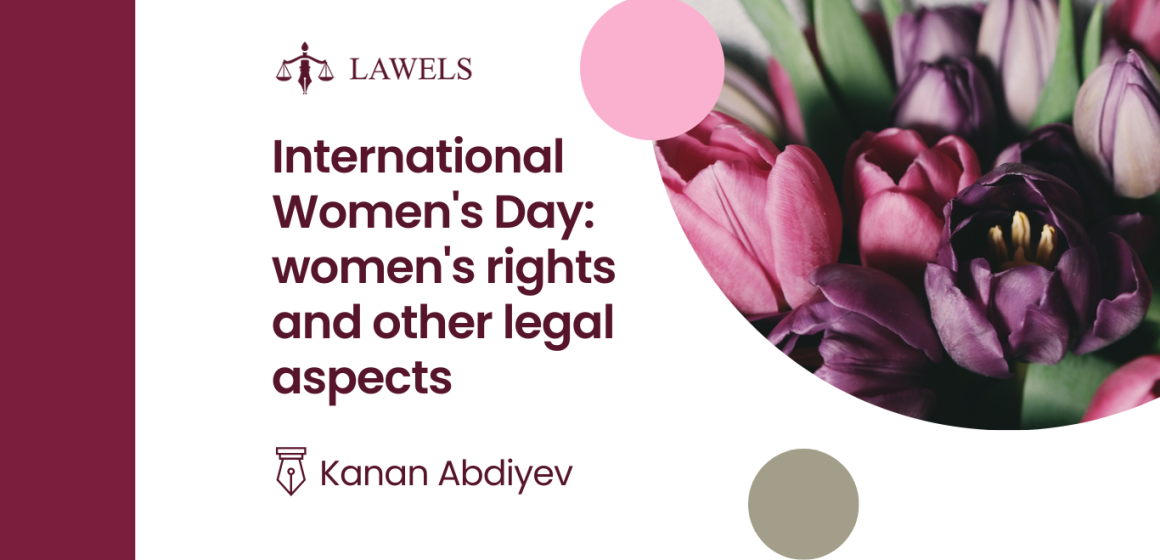Legal equality is an essential step to achieving gender equality. When properly implemented, laws have the power to protect women and girls from violence, challenge social norms, and define a gender-equal future, which will benefit us all. International Women’s Day, also known as IWD for short, grew out of the labour movement to become a recognised annual event by the United Nations (UN).
The seeds of it were planted in 1908 when 15,000 women marched through New York City demanding shorter working hours, better pay and the right to vote. A year later, the Socialist Party of America declared the first National Woman’s Day. The idea to make the day international came from a woman called Clara Zetkin, a communist activist and advocate for women’s rights. She suggested the idea in 1910 at an International Conference of Working Women in Copenhagen. There were 100 women there, from 17 countries, and they agreed on her suggestion unanimously.
It was first celebrated in 1911, in Austria, Denmark, Germany and Switzerland. The centenary was celebrated in 2011, so this year we’re technically celebrating the 111th International Women’s Day. Things were made official in 1975 when the United Nations started celebrating the day. The first theme adopted by the UN (in 1996) was “Celebrating the Past, Planning for the Future”. International Women’s Day has become a date to celebrate how far women have come in society, politics and in economics, while the political roots of the day mean strikes and protests are organised to raise awareness of continued inequality.
International Women’s Day is inextricably linked with human rights and gender equality. Gender equality is at the very heart of human rights and United Nations values. Gender-based discrimination is prohibited under almost every human rights treaty. Despite much progress made in securing women’s rights globally, millions of women and girls continue to experience discrimination and violence, being denied their equality, dignity and autonomy, and even life. This discrimination and violence against women and girls, deeply rooted in the fabric of societies, is persistent and systematic.
Women’s rights are all entitled to human rights. These include the right to live free from violence and discrimination; to enjoy the highest attainable standard of physical and mental health; to be educated; to own property; to vote; and to earn an equal wage.
There is a Convention on the Elimination of All Forms of Discrimination against Women (CEDAW) (1979). The Convention ratified by more than 180 states is a key international treaty addressing gender-based discrimination and providing specific protections for women’s rights. The convention sets out an international bill of rights for women and girls and defines what obligations states have to make sure women can enjoy those rights.
Each year UN Women and the United Nations in celebrating International Women’s Day with different themes. The theme for International Women’s Day 2023 has already been chosen. It is essential to note that this year’s theme is “DigitALL: Technology and innovation for gender equality. This theme aims to recognise and celebrate the contribution women and girls are making to technology and online education.
Sources.
- Amnesty International, “Women’s rights“. URL is applicable here.
- United Nations, “Gender equality and women’s rights“. URL is applicable here.
- UN Women, “In focus: International Women’s Day“. URL is applicable here.
The articles on the LAWELS platform are not, nor are they intended to be, legal advice. You should consult a lawyer for individual advice or assessment regarding your own situation. The article only reflects the views of the author.


